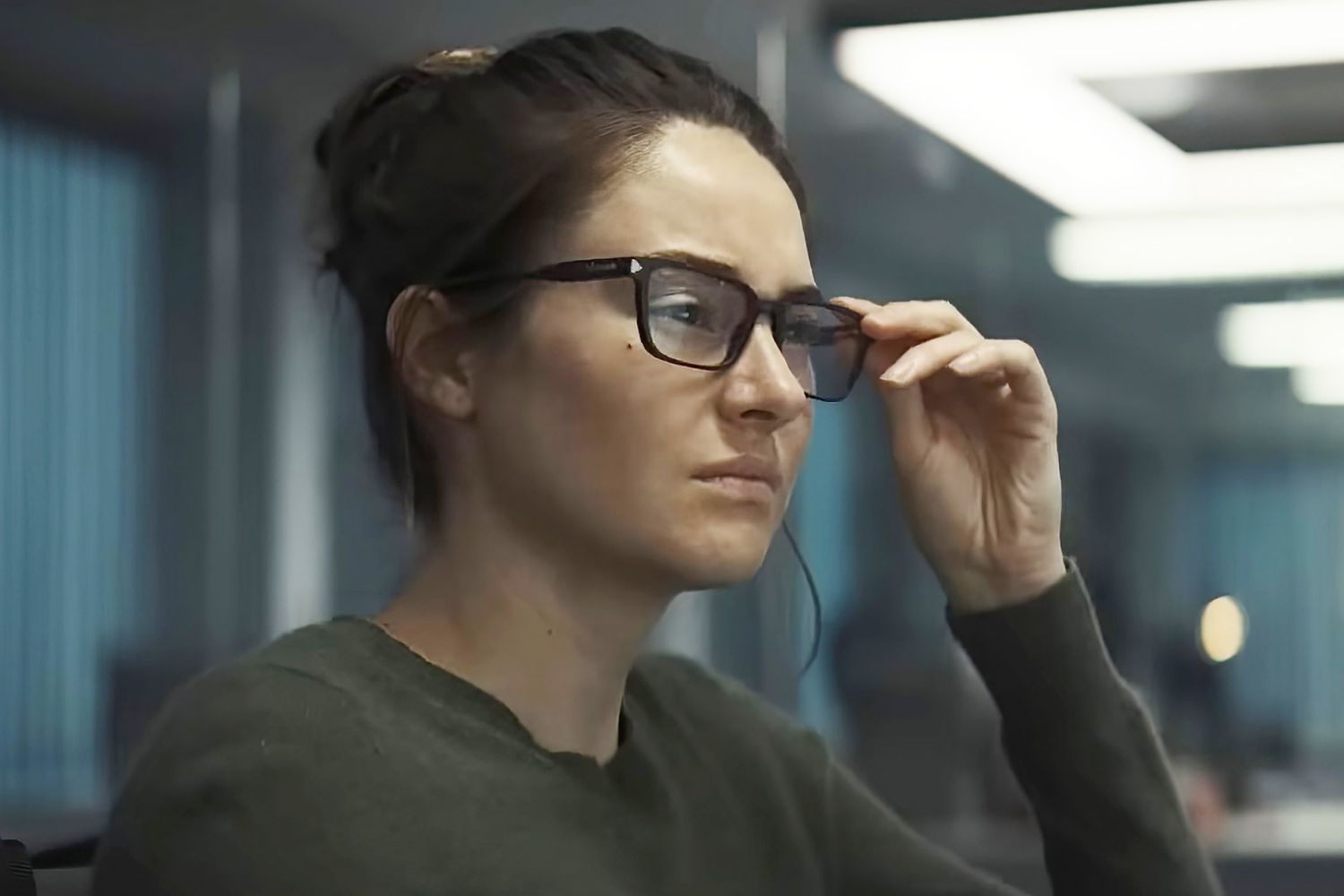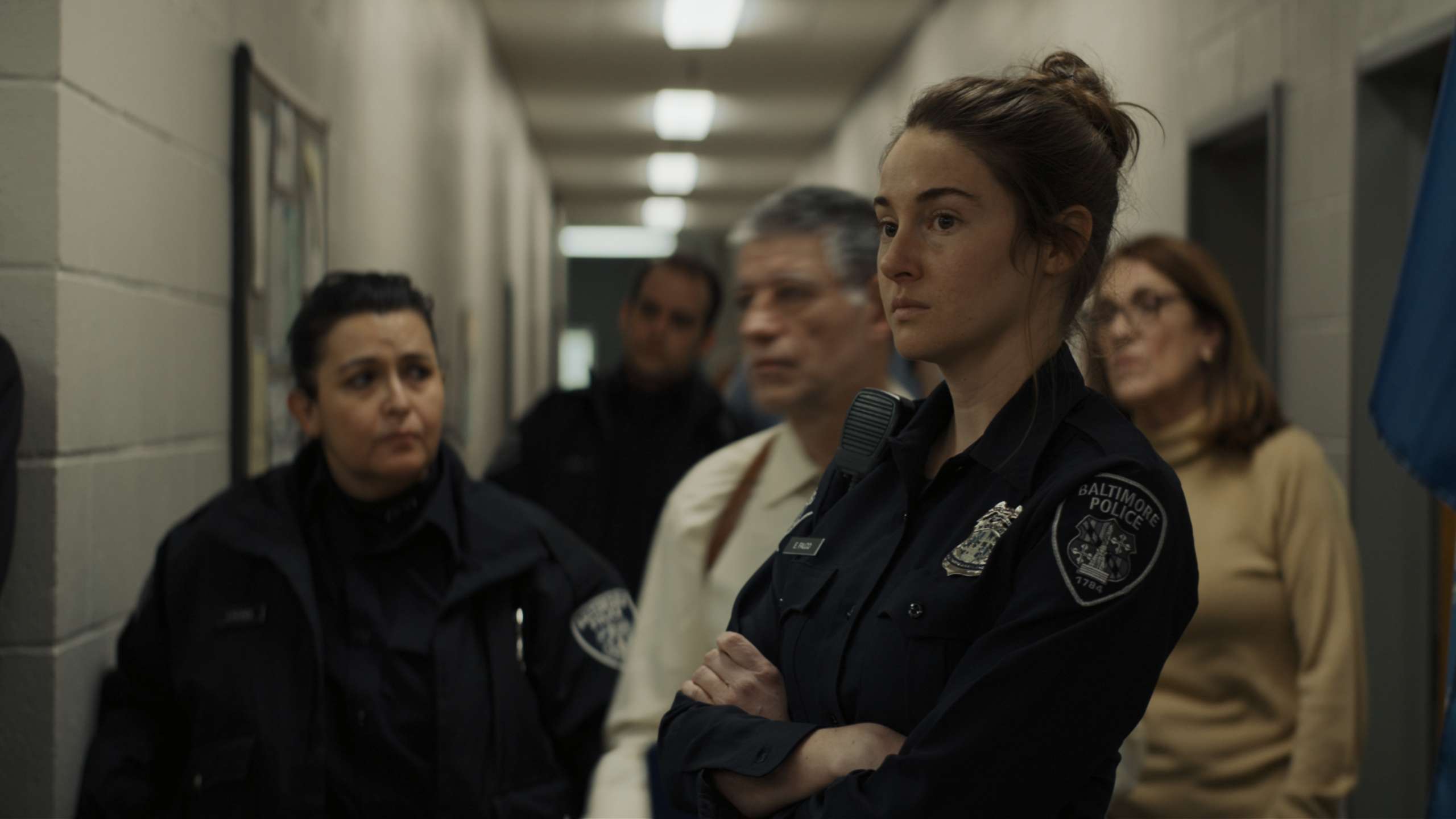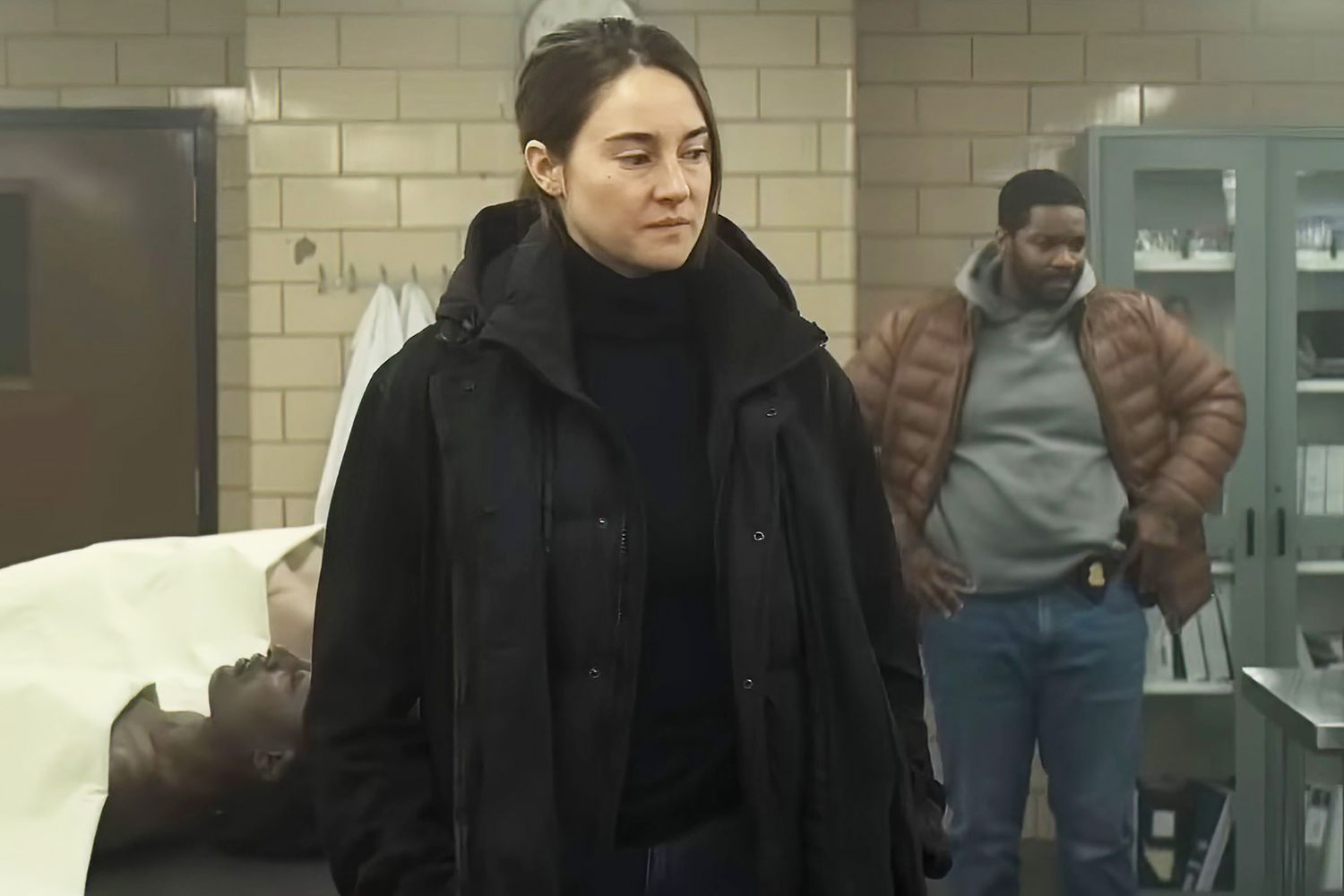To Catch a Killer had a quiet theatrical release in 2023, earning just $3.1 million, but it has recently gained popularity on Netflix. Directed by Oscar-nominated filmmaker Damián Szifron, the film blends action and psychological depth, though some may find it overly dramatic or incomplete in certain areas.
Despite this, the movie benefits from strong performances by Shailene Woodley, Ben Mendelsohn, Jovan Adepo, and Ralph Ineson. Their portrayals bring intensity to a story about crime, bureaucracy, and the struggle for justice.
The film follows Eleanor Falco (Woodley), a Baltimore police officer with a difficult past and a history of addiction. She is recruited by the FBI to help track down a sniper who has killed several people during New Year’s Eve celebrations. Teaming up with experienced investigator Agent Lammark (Mendelsohn), she quickly learns that solving the case will not be easy.
Political pressure, poor interdepartmental communication, and misguided police efforts slow the investigation. A teenager becomes the primary suspect due to his online activity, and although he is innocent, a police raid leads to his tragic suicide. The delays in capturing the real sniper allow for another mass shooting at a shopping mall, resulting in more deaths and the eventual dismissal of Lammark and suspension of Eleanor.

A Deadly Confrontation Leads to Tragedy and Exposure of Systemic Law Enforcement Failures
Despite being forced off the case, Eleanor and Lammark continue their search and eventually identify Dean Possey (Ineson) as the sniper. When they visit his mother’s house, she initially claims not to have seen him in years, but Eleanor soon realizes he is hiding in a shed nearby. Before they can act, Dean shoots and kills Lammark.
His mother, overwhelmed by the situation, takes her own life. Eleanor tries to connect with Dean, who expresses his deep hatred for society and his belief that life is meaningless. He asks her to kill him after he lies next to his mother’s body, but when police sirens approach, he assumes Eleanor called them. He forces her into a basement, rigs the shed with explosives, and sets them off before escaping into the woods. Surrounded by officers, Dean raises his gun, prompting them to shoot him dead.
The film presents a sharp critique of the inefficiencies within law enforcement and government agencies. Lammark, a dedicated investigator, is constantly frustrated by bureaucratic obstacles that prevent real progress. The movie suggests that police and government officials are more concerned with public perception than with meaningful change.
This is further reinforced in the final scene, where Eleanor meets with the mayor and is offered a position with the FBI in exchange for keeping quiet about the investigation’s failures. She accepts the job but insists that Lammark be honored and that his pension be given to his husband.

A Killer’s Motives Shaped by Isolation Resentment and a Distorted View of Power
Dean Possey’s actions are not driven by revenge or a personal grudge but by a deep sense of alienation. He sees society as broken and believes that true power comes from controlling life and death. His dialogue reflects his belief that he has no place in the modern world, leading him to commit acts of violence to reclaim some sense of control. While the film does not justify his crimes, it presents his perspective as part of a broader discussion on the effects of isolation, rejection, and resentment toward authority.
Though not based on a single true story, To Catch a Killer draws from real-life incidents, particularly the Beltway sniper attacks of 2002. The film touches on themes of gun violence, mental illness, and systemic failures, making it relevant to ongoing discussions about public safety and justice. Now streaming on Netflix, the movie is also available for rental or purchase on Amazon Prime, allowing more viewers to explore its tense and thought-provoking narrative.



